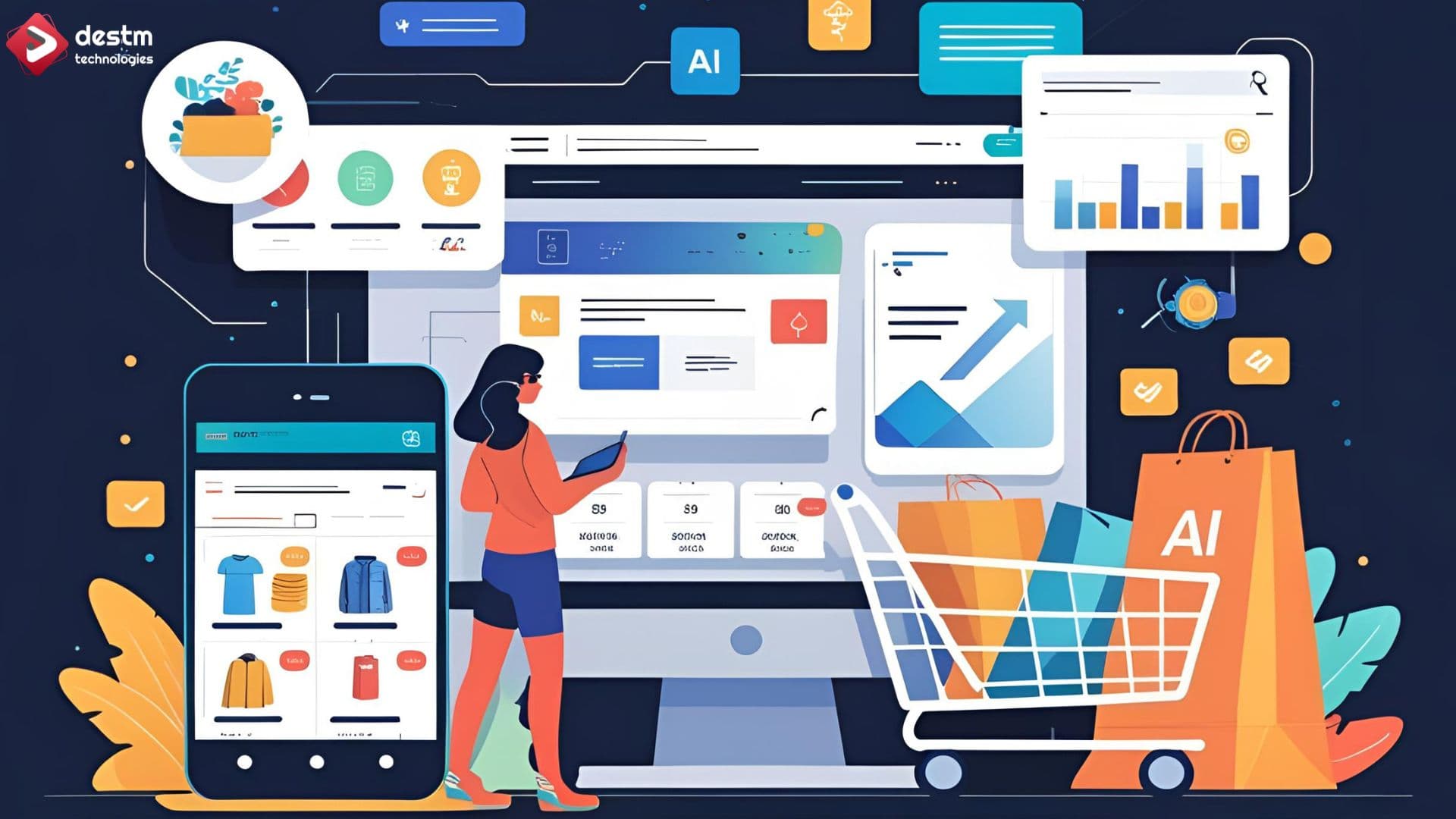



In today’s dynamic e-commerce environment, personalization is no longer a novelty — it’s a necessity. Modern consumers demand tailored experiences that align precisely with their preferences, habits, and intent. Amid this shift, AI-curated product bundling has emerged as a powerful strategy. Unlike static bundles based on general trends or demographics, AI leverages real-time user behavior to create personalized groupings of products, increasing relevance, boosting engagement, and driving higher conversions.
As brands strive to enhance customer experiences and maximize metrics such as average order value (AOV), AI-driven bundling is proving to be a game-changer, reducing decision fatigue and converting casual browsers into loyal customers.
Today’s online shoppers are inundated with choices — yet paradoxically, this abundance often leads to decision paralysis. They expect brands to offer not just options, but the right options. They want platforms that “get them” without needing to explain. Personalized experiences — be it in recommendations, content, or bundles — help simplify these choices and create a sense of being understood, which in turn builds trust.
Cart abandonment remains a persistent challenge, with over 70% of online carts left behind before checkout. A significant driver of this is cognitive overload. Shoppers may struggle to choose the right combination of products or worry about whether their selection meets their needs. Smart bundling mitigates this by packaging complementary products in ways that feel logical and useful, easing the mental burden of decision-making.
When done right, personalization through AI bundling yields several benefits:
✅ Higher Conversion Rates: Streamlined, personalized bundles reduce friction and increase buying confidence.
✅ Improved Customer Satisfaction: Shoppers enjoy a faster, more relevant shopping journey.
✅ Deeper Brand Loyalty: Tailored experiences foster a stronger emotional connection and repeat business.
AI doesn’t just skim the surface — it dives deep into data lakes filled with signals like:
Together, these insights form a complete behavioral profile of the customer, informing what bundles would resonate most.
By analyzing behavioral cues, AI can predict a shopper’s intent:
This intent detection allows platforms to display the right bundle at the right time, maximizing the likelihood of conversion.
Unlike rule-based systems, AI can personalize on the fly — even as the user’s behavior evolves during a session. For example, if a user shifts from browsing headphones to laptops, the system can instantly pivot and offer relevant accessory bundles. This agility transforms passive browsing into active buying.
A product bundle is a group of related or complementary items sold as a package, often at a discounted or value-added price. Examples include:
Bundles offer convenience, perceived savings, and enhance the usability of individual products.
AI takes bundling beyond generic combos by:
It can also use contextual cues, like time of day, seasonality, or promotions, to fine-tune bundle relevance.
Pioneers of AI-driven recommendations, Amazon’s “Frequently Bought Together” and “Customers Also Bought” sections have become iconic in driving cross-sells and upsells.
Through quizzes and profile data, Sephora curates skincare or makeup kits personalized to skin type, tone, and style preferences, increasing both AOV and satisfaction.
Nike’s platform creates complete outfit bundles based on browsing habits and past orders, aligning with its direct-to-consumer strategy and enhancing user loyalty.
Shoppers no longer need to piece together compatible items. The AI handles that, presenting them with ready-to-buy solutions.
When bundles reflect individual preferences, they feel exclusive. That personalized touch increases both emotional engagement and the likelihood of purchase.
Users are more likely to explore, click, and engage when content feels relevant. Personalized bundles deepen session time and reduce bounce rates.
As AI systems rely on user data, it’s crucial to maintain transparency and trust. Brands must:
AI systems may require investment in software, data pipelines, and talent. However, scalable platforms and cloud-based AI-as-a-service solutions are lowering these barriers.
AI is not “set-and-forget.” Algorithms need regular retraining based on shifting consumer trends, new product data, and evolving engagement patterns.
Key metrics that reflect the effectiveness of AI-curated bundling include:
Using A/B testing, heatmaps, and customer reviews helps refine these bundles further and ensure alignment with evolving expectations.
AI-curated product bundles are redefining the future of personalized e-commerce. They offer a compelling blend of convenience, relevance, and value, all driven by intelligent analysis of real-time user behavior.
For brands serious about staying ahead in a hyper-competitive digital market, AI-driven bundling is not just a trend — it's a strategic imperative. As user expectations continue to rise, businesses that adopt this approach will not only see higher conversions but also foster deeper, lasting customer relationships.
At Destm Technologies, we help e-commerce brands unlock the power of AI to craft smarter, data-driven shopping experiences. From personalization engines to intelligent bundling, we’re committed to building the future of retail — one optimized customer journey at a time.
Ready To Transform Your E-commerce Business?
Let's discuss your project and explore how we can help you achieve your goals.